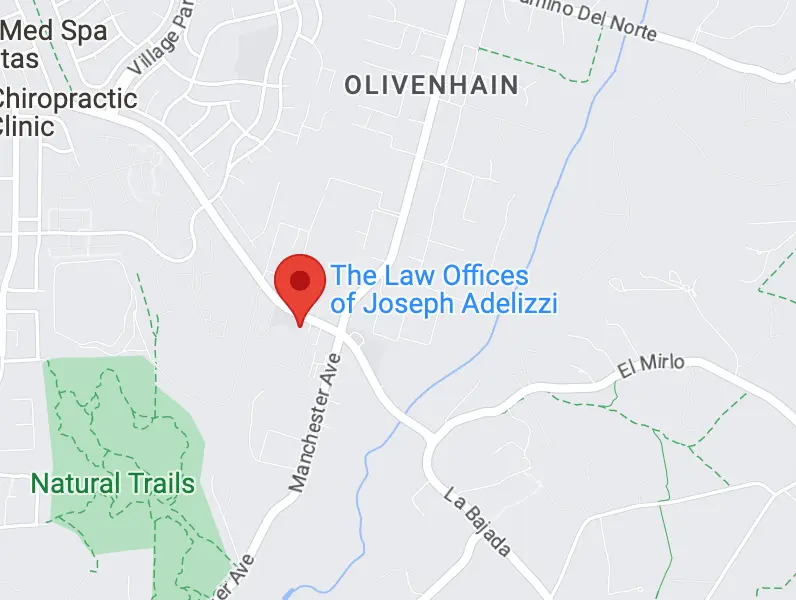What Does Medicare Part D Cover?
Part D is an add-on optional coverage you can buy, in addition to original Medicare, also called Medicare Parts A and B. Part D helps people enrolled in Medicare buy their prescribed medications. For more than 40 years, people with Medicare had to pay for their prescription drugs almost entirely out-of-pocket.
In 2006, the federal government launched Medicare Part D. You are not required to obtain Part D coverage, but you could save hundreds or thousands of dollars a year by doing so. That noted, what does Medicare Part D cover?
Part D Coverage
Since you buy Part D coverage from a private insurance company in your state, instead of from Social Security, the coverage will vary from one plan to the next. Each plan gets to decide which prescription drugs they will cover.
Do not automatically go with the cheapest plan available. Paying a low premium is a waste of money, if the medications you need to take are not on the list of covered drugs. Review the details of the plans you are comparing to make sure the one you select will meet your medical and budgetary needs.
The list of covered medications (formulary) can also change every year, effective on January 1. Be sure to read the annual information you receive before the open enrollment period. If your Part D plan is going to stop covering a drug you need, you can switch to a plan that does cover your medications during open enrollment.
How Much Part D Costs
The monthly premium is different, depending on the plan you select. You might buy a free-standing Part D, in addition to having original Medicare (Parts A and B). You will get to choose from several Part D plans in your state. Some states have more than 20 unique options. If you buy Part D ala carte, you could pay as little as $10 or more than $170. The premium cost can change every year. The premiums vary, depending on your income and the state where you live.
People with higher incomes have to pay an extra amount, called the Income Monthly Adjusted Amount (IRMAA). The thresholds that determine what constitutes higher income for people who file their taxes individually or jointly change every year.
Most Medicare Advantage (Part C) plans include Part D coverage. Everyone who enrolls in a Part C plan must be in Parts A and B and continue to pay Part B premiums. Some Medicare Advantage plans have a $0 premium. With these plans, you could get Part D coverage at no cost, other than your existing Plan B coverage.
Part D Copays and Deductibles
You might have to pay a deductible and copay to get your prescription drugs. The annual deductible in 2019 is $419. If you get your Part D coverage through a private insurer, your deductible might be lower than Medicare’s deductible, but it cannot be higher.
There are several stages to Part D coverage. After you satisfy the deductible, your Part D coverage will help to pay a portion of your prescription drug costs. The private insurers must follow Medicare’s guidelines for each stage of coverage, but the private plans can offer terms that are more favorable to the consumer than Medicare’s guidelines.
Your state’s laws might differ from the general law of this article. You might want to talk to an elder law attorney in your area.
References:
Boomer Benefits. “Medicare Part D.” (accessed October 24, 2019) https://boomerbenefits.com/new-to-medicare/parts-of-medicare/medicare-part-d/



